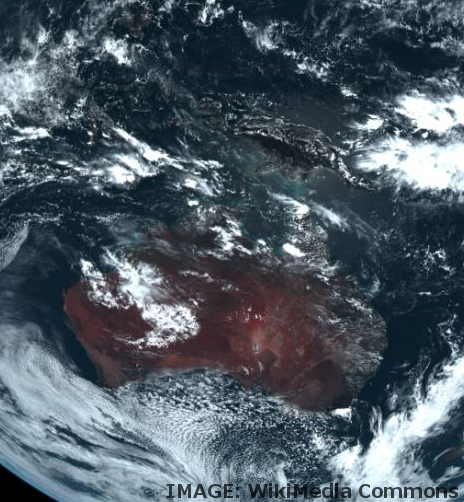Satellites launched for better services
 The NBN satellite that will allegedly deliver fast internet to rural Australia has launched, and the Bureau of Meteorology has switched on its new satellite too.
The NBN satellite that will allegedly deliver fast internet to rural Australia has launched, and the Bureau of Meteorology has switched on its new satellite too.
A rocket carrying the near $500 million satellite, nicknamed Sky Muster, and was launched in French Guiana about 6:30am on Thursday.
NBN says it will deliver internet services with a maximum download speed of 25 megabits per second (Mbps) to more than 200,000 rural and remote Australians, including residents of Norfolk, Christmas, Macquarie and Cocos islands.
But experts are sceptical about that speed.
“The estimate of customers being able to achieve 25 Mbps download speed, depends upon how many customers are connected to the satellites,” Dr Mark Gregory, from RMIT University's School of Computer Engineering, told the ABC.
“The early people onto the satellites are going to find that their connections operate very well, they're going to achieve the 25Mbps, and they're going to be very happy with their service.
“During peak times, there's going to be a very high likelihood that traffic is going to become congested, and there's going to be less throughput of traffic, and therefore people can expect the network to slow down considerably.
“So if they're trying to look at high-definition videos, then they're likely to find that they'll have problems during those peak times.
“If they're connecting to something like an internet radio, which uses a relatively low bandwidth connection, then they shouldn't have any problems.”
Communications Minister Mitch Fifield says people in rural and regional areas will have better broadband services when the satellite comes online in the first half of next year.
“There will be 110 beams coming from each satellite to locations throughout Australia, and even to offshore Australian territories,” Mr Fifield said.
“We'll have 25 megabits per second download from Sky Muster, and that is high-speed broadband.
“This will meet the bulk of needs which people in regional Australia have.”
Six-year-old Bailey Brooks, who lives on a station 400 kilometres from Alice Springs, came up with the name ‘Sky Muster’.
She painted a picture of the satellite which has now been painted on the side of the advanced spacecraft.
Meanwhile, Australians will get access to higher-definition weather radar images, better weather forecasts and more accurate weather and climate monitoring of severe weather events thanks to a new Japanese weather satellite.
The satellite, Himawari-8, was launched by Japan’s space agency last year.
It came online yesterday, and is now generating more than 50 times the amount of data than the satellite it replaced.
It will be joined by another satellite, Himawari-9, next year.
Bureau of Meteorology director Dr Rob Vertessy said it would be a big boost in many areas.
“It provides breathtaking clarity of imagery, compared the prior generation's satellite, so it's about four times the spatial resolution,” he told reporters.
“It's updating every 10 minutes, rather than every hour, like the old system.
“Every now and then we'll get a huge step change in performance.
“That's normally accompanied by one of two things - a new supercomputer that lets us run our models that flow in a resolution, and we've just procured one of those too.
“Or a new satellite which runs at a much finer resolution, and that's the case with Himawari-8.”
A comparison of the images generated by the previous and new satellites is available here.







 Print
Print